You've all heard it before if you weren't born on a salty coastline: before you head to a saltwater destination to fish, practice your casting. As far as rules for guided fishing go, this is right near the top. Just for discussion's sake, I'll cover my top 5 rules for saltwater guided fishing, where I'll inevitably miss some key elements but hopefully still inform and entertain!
- ALWAYS TRUST YOUR GUIDE.
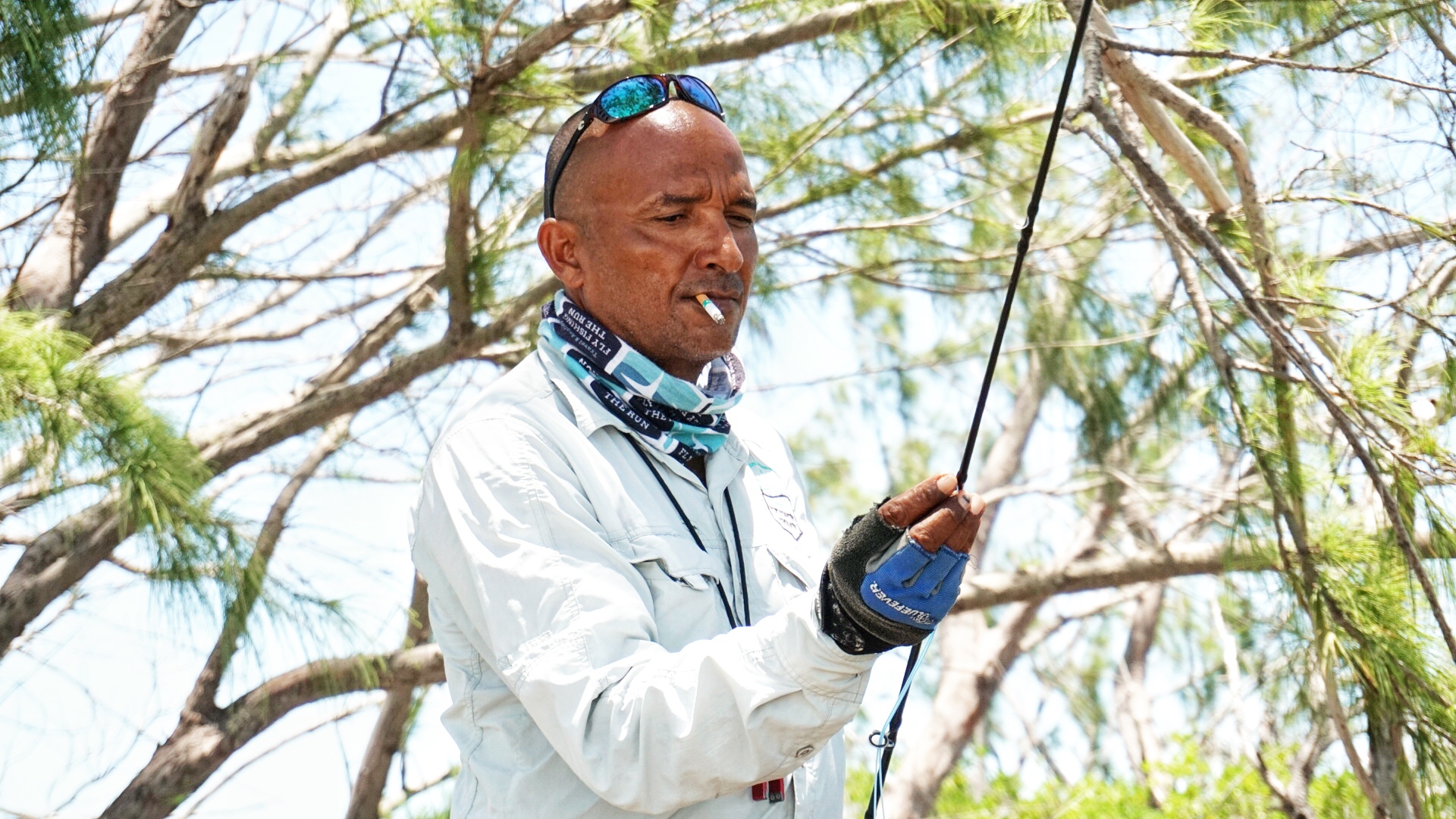 This one bears repeating, especially if you don't fish in the salt often. Sure, they may occasionally not see a fish, or they just knew you were going to blow the cast anyway. But these guys and gals do this for a living. They've got fishy eyes, are dialed into their regional fish patterns, and (mostly) know where to move the boat or themselves to keep themselves (mostly) out of harm's way. I'm not saying they're psychic, as we front-of-the-bow savages still find ways to hook them or otherwise hit them when they aren't parrying wayward flies with the push-pole, but at the end of the day, guides are just as happy if not happier than you are when you stick and land a fish. Trust them (and tip them).
This one bears repeating, especially if you don't fish in the salt often. Sure, they may occasionally not see a fish, or they just knew you were going to blow the cast anyway. But these guys and gals do this for a living. They've got fishy eyes, are dialed into their regional fish patterns, and (mostly) know where to move the boat or themselves to keep themselves (mostly) out of harm's way. I'm not saying they're psychic, as we front-of-the-bow savages still find ways to hook them or otherwise hit them when they aren't parrying wayward flies with the push-pole, but at the end of the day, guides are just as happy if not happier than you are when you stick and land a fish. Trust them (and tip them). - (Almost) ALWAYS STRIP-SET.
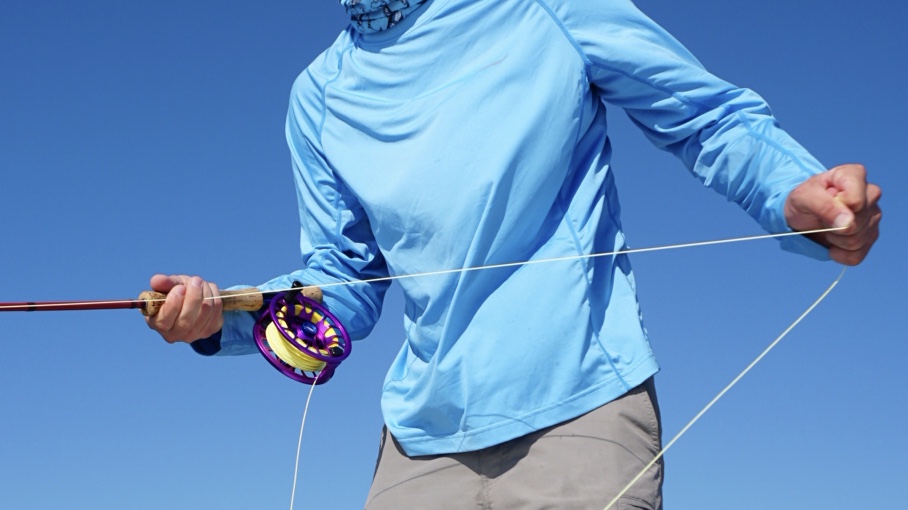 Salty critters live in tough worlds, and are tough fish as a result. We're fishing for them with larger, girthier hooks, and they tend to have tough jaws. Not only is a strip-set going to penetrate far better than a trout set, but it's also going to bury the fly faster, meaning that your most recent unsuspecting diner has less time to spit out the offending meal. The (Almost) is a nod to those rare times when a 40" snook sips your fly like a trout eating a trico and doesn't move, or a redfish tips up on your fly while facing the other way, times when you have to change your rod tip geometry to match the mouth geometry of the eater. But even then, a properly applied strip set would probably do the trick, and I'm just trying to explain away my own lost fish...
Salty critters live in tough worlds, and are tough fish as a result. We're fishing for them with larger, girthier hooks, and they tend to have tough jaws. Not only is a strip-set going to penetrate far better than a trout set, but it's also going to bury the fly faster, meaning that your most recent unsuspecting diner has less time to spit out the offending meal. The (Almost) is a nod to those rare times when a 40" snook sips your fly like a trout eating a trico and doesn't move, or a redfish tips up on your fly while facing the other way, times when you have to change your rod tip geometry to match the mouth geometry of the eater. But even then, a properly applied strip set would probably do the trick, and I'm just trying to explain away my own lost fish... - PRACTICE YOUR CASTING.
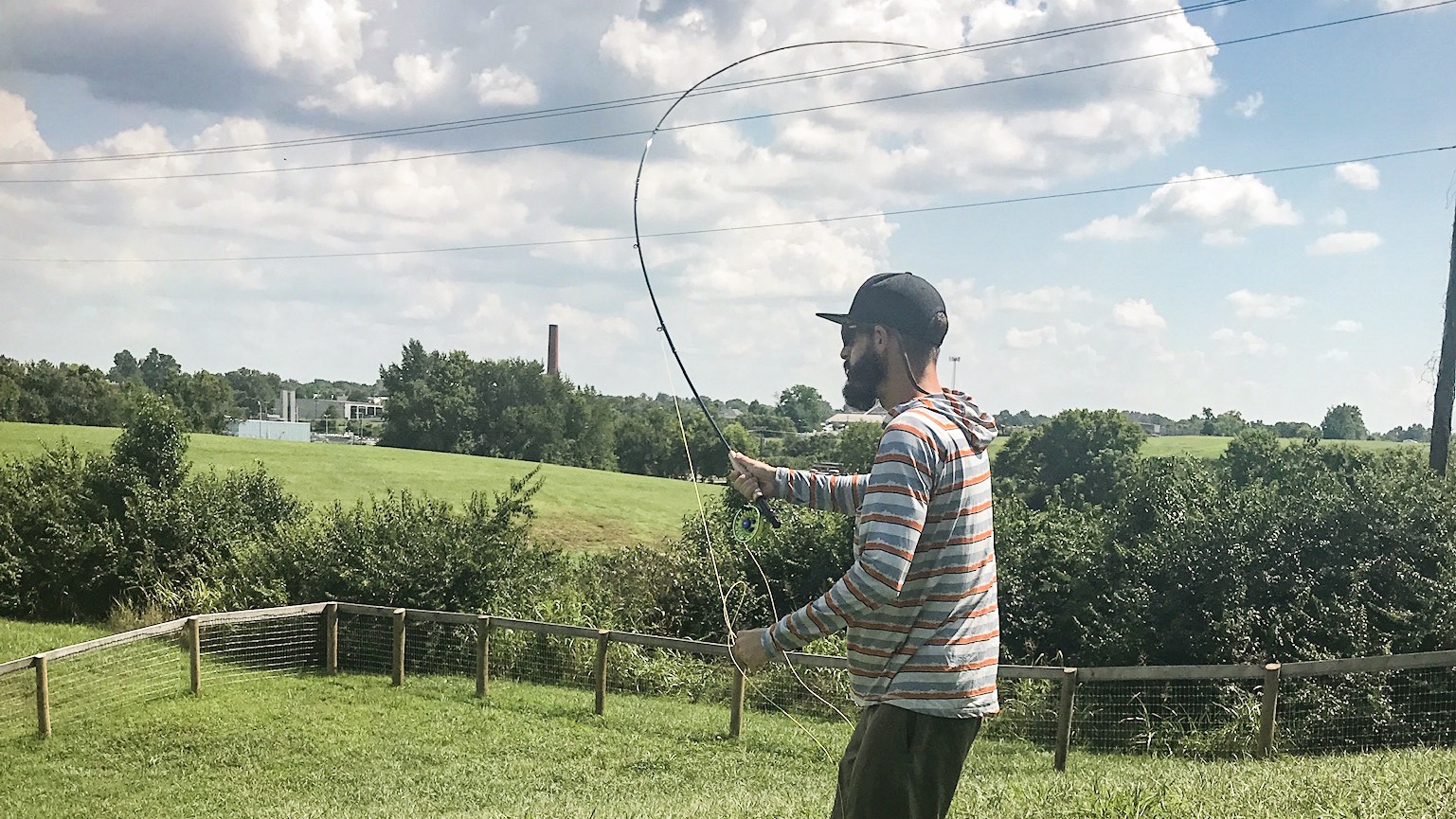 This one isn't just about nailing 70'+ casts. A lot of things have to come together for that to work. This is about knowing how to work your casting to match casting geometries that fit the wind, the fish's direction, your guide and boat partner's position, and your terminal tackle (like leader length and fly weight/aerodynamics). You're going to get shots at 30' and far less: are you comfortable flipping a light fly on a long leader to a fish just off the bow? How about a backcast into the wind at 30'? Sure, you're thinking, close casts are the easy ones! But if you aren't comfortable with a double-haul to generate the necessary line speed to account for less than the full head of the line out of the rod tip, or with a leader-folding wind in your face, those casts are going to come up short or pile up right on the fish's head. The more comfortable you are with your casting, the better your day is going to be on the water, for you, your boat partner, and your guide!
This one isn't just about nailing 70'+ casts. A lot of things have to come together for that to work. This is about knowing how to work your casting to match casting geometries that fit the wind, the fish's direction, your guide and boat partner's position, and your terminal tackle (like leader length and fly weight/aerodynamics). You're going to get shots at 30' and far less: are you comfortable flipping a light fly on a long leader to a fish just off the bow? How about a backcast into the wind at 30'? Sure, you're thinking, close casts are the easy ones! But if you aren't comfortable with a double-haul to generate the necessary line speed to account for less than the full head of the line out of the rod tip, or with a leader-folding wind in your face, those casts are going to come up short or pile up right on the fish's head. The more comfortable you are with your casting, the better your day is going to be on the water, for you, your boat partner, and your guide! - POLARIZED SUNGLASSES.
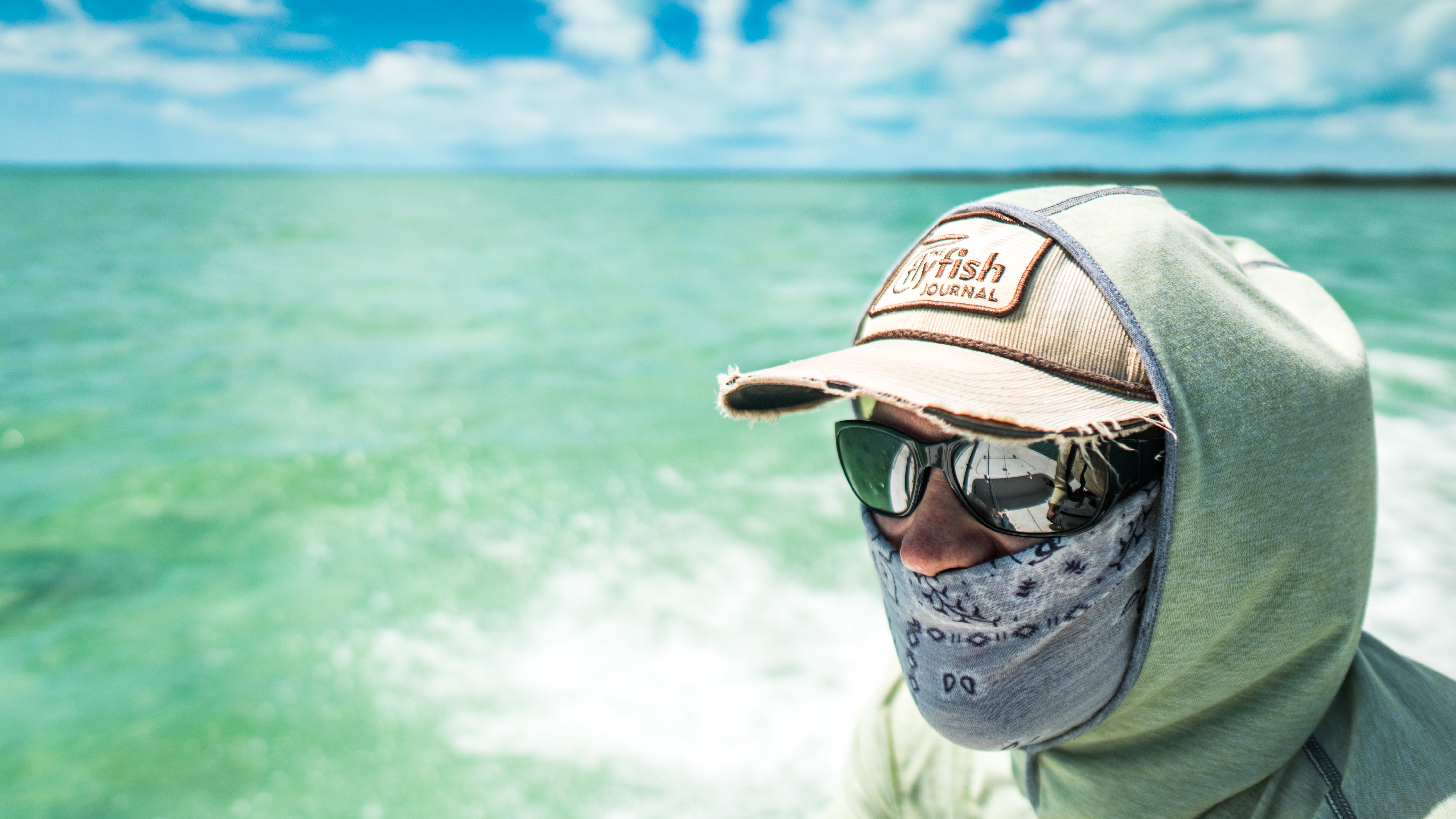 Like seeing the fish you're casting at? Wear a pair of high-quality polarized sunglasses. Like fly line, a good pair of glasses is worth every penny. You probably won't see all the fish your guide does, especially if he's up on a poling platform, but this is a huge step in the right direction. And to improve their effectiveness, pull your hat brim down tight to the top of the glasses. This is why a lot of us wear flat-brims, for a better weld at the top and thus less glare; no matter what I wear or what I do, I'll never be cool. The flat brim isn't changing that, but it definitely helps me see fish better. Plus, pulling your Buff up around the edge of your glasses helps cut glare as well, like a baseball player wearing eye-black. I'd pull mine all the way up over my giant nose if I wouldn't fog my glasses up so bad... Just remember to pull your Buff down and take off your glasses for the hero shot. And smile. Trust me on this one.
Like seeing the fish you're casting at? Wear a pair of high-quality polarized sunglasses. Like fly line, a good pair of glasses is worth every penny. You probably won't see all the fish your guide does, especially if he's up on a poling platform, but this is a huge step in the right direction. And to improve their effectiveness, pull your hat brim down tight to the top of the glasses. This is why a lot of us wear flat-brims, for a better weld at the top and thus less glare; no matter what I wear or what I do, I'll never be cool. The flat brim isn't changing that, but it definitely helps me see fish better. Plus, pulling your Buff up around the edge of your glasses helps cut glare as well, like a baseball player wearing eye-black. I'd pull mine all the way up over my giant nose if I wouldn't fog my glasses up so bad... Just remember to pull your Buff down and take off your glasses for the hero shot. And smile. Trust me on this one. - KNOW YOUR GEAR.
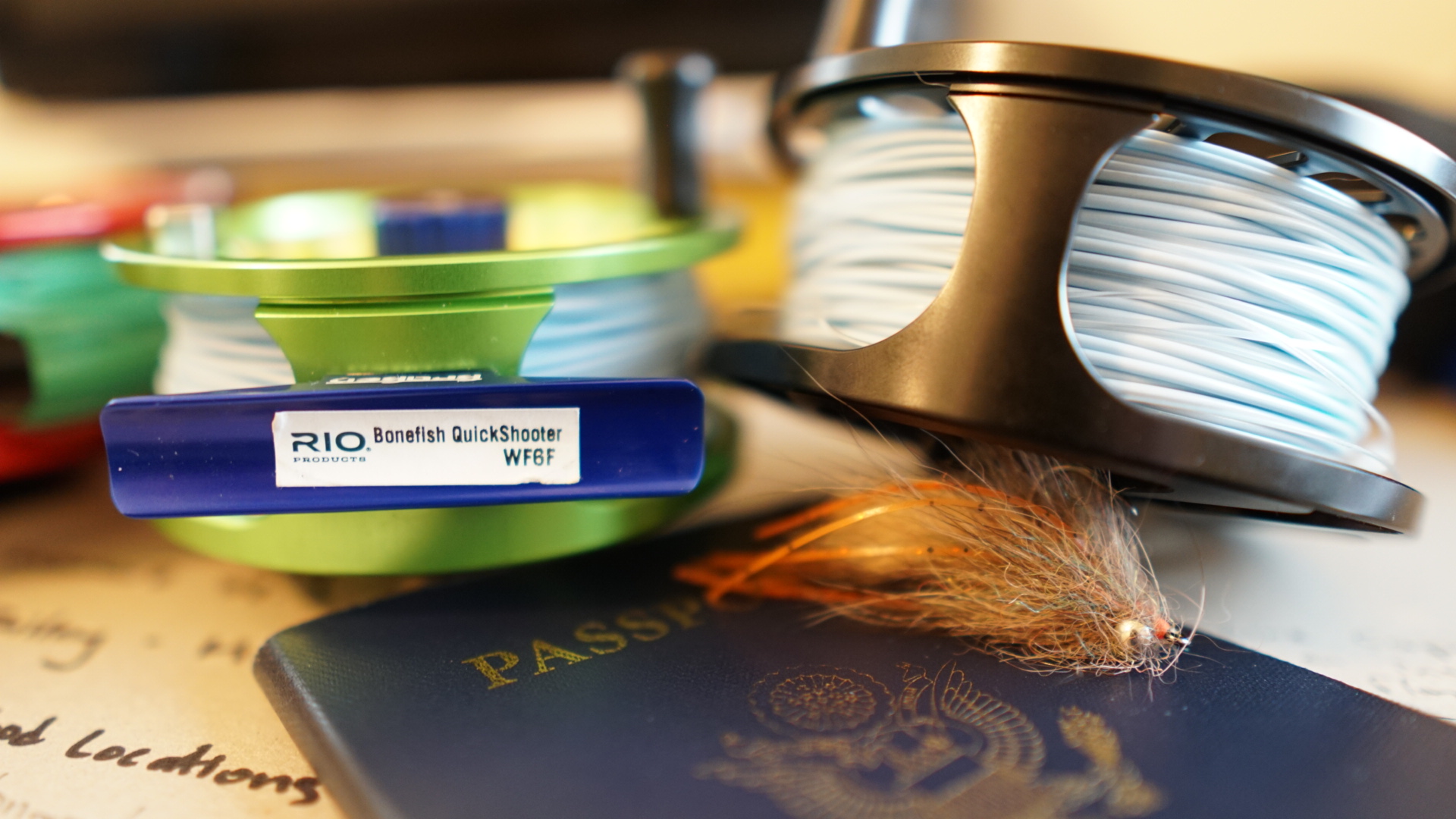 This one ties a bit into #3, but that's a good thing. Know your rod, know your reel, know your different leaders and how they cast with different flies. And even more, know your limitations: this will ease frustration on the water, and also help you know where to improve. Your guide can probably even help with that. If you tell your guide your comforts and limitations at the beginning of the day, not only will they likely be able to tweak or improve on these, but they'll know how to position you for the best chance of catching fish when they show up. Putting an unknown line on an unknown rod *can* be tantamount to putting diesel in an unleaded engine: it may seem right coming out of the pump, but it won't necessarily turn out the way you want. Rods and lines aren't all created equal, and properly pairing them can make for a much easier and more effective day on the water! To expand on that, test your preferred rod/line combo with different leader lengths and flies so that you're ready for anything, from long leaders and small flies for spooky fish to stouter leaders and heavy flies for particular species, and everywhere in between.
This one ties a bit into #3, but that's a good thing. Know your rod, know your reel, know your different leaders and how they cast with different flies. And even more, know your limitations: this will ease frustration on the water, and also help you know where to improve. Your guide can probably even help with that. If you tell your guide your comforts and limitations at the beginning of the day, not only will they likely be able to tweak or improve on these, but they'll know how to position you for the best chance of catching fish when they show up. Putting an unknown line on an unknown rod *can* be tantamount to putting diesel in an unleaded engine: it may seem right coming out of the pump, but it won't necessarily turn out the way you want. Rods and lines aren't all created equal, and properly pairing them can make for a much easier and more effective day on the water! To expand on that, test your preferred rod/line combo with different leader lengths and flies so that you're ready for anything, from long leaders and small flies for spooky fish to stouter leaders and heavy flies for particular species, and everywhere in between.

